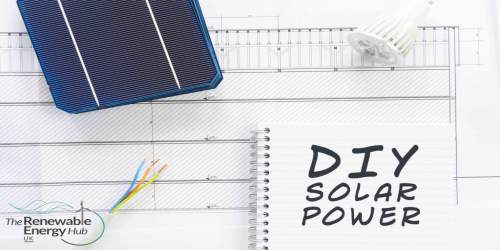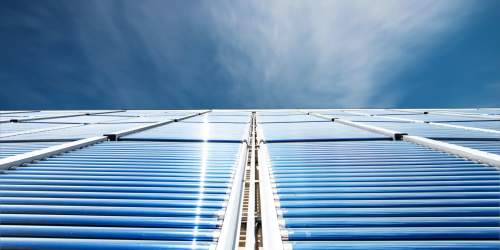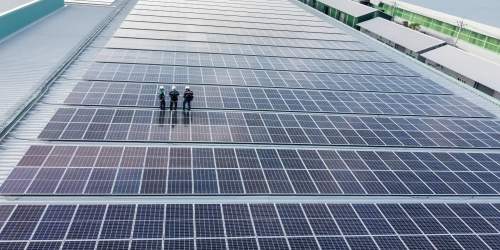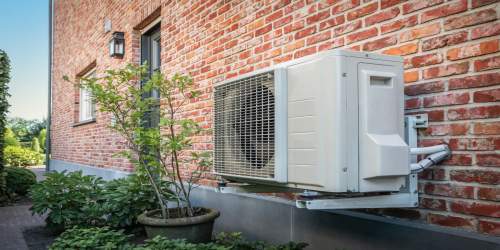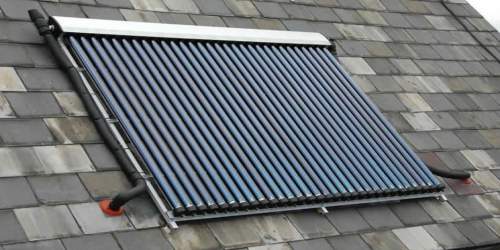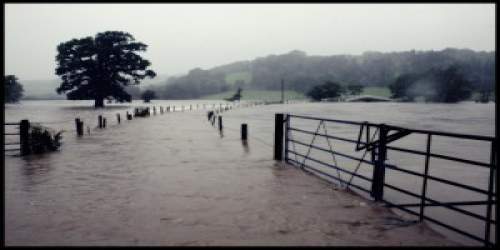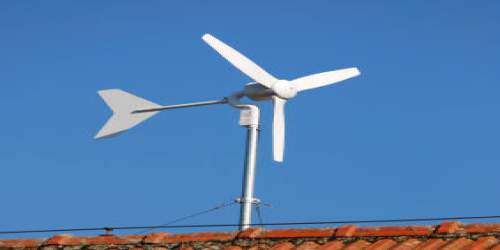
We tend to take the water that comes out of our tap for granted. We are lucky enough to be able to access clean water whenever we want without much thought. However, like many of the resources on our planet, water is precious, and we should do all we can to use it responsibly. The future is likely to be one of the hotter and drier summers, meaning drought and shortages of water. Using water from the tap also uses energy. Conserving energy is a means of reducing the need for fuels that are causing the climate crisis in the first place.
Consequently, we should be doing all we can, as individuals, to make the most of our resources. There is little need to water your garden from your tap when there are copious amounts of rainwater to gather and use instead. Here we explore how to harvest rainwater, and maybe it could be one more contribution your make to preserving our environment.
What other reasons are there for collecting rainwater?
Apart from the significant benefits to the environment, collecting rainwater has many other benefits. For gardeners, the main pay-out is the nitrates received by the plants from rain, which are essential for their health. By watering with rainwater, these nitrates become available as nitrogen, one of the three key micro-nutrients your plants need to thrive. This nutrient will help your plants look lush green and with plenty of leaves. Many forms of nitrogen are not absorbable by plants. Gardeners often resort to expensive methods of fertilising their soil when all they need to do is spray a little more rainwater in their direction.
Collecting rainwater also helps to reduce your water bill, especially if you are on a water meter. You can use the rainwater not only to water your garden but also wash the car and your family pets.
Where can I collect rainwater?
There are different options as to where you can collect rainwater. The popular choice is to set up a barrel that collects rainwater that falls from your roof. This is an excellent place to start, and you can add to your collections with barrels near to sheds and other outbuildings too. If you have a polytunnel, it is even possible to harvest water from this also by attaching a timber rail and some home guttering brackets to the top of the tunnel and adding a water butt at the downpipe.
Another way to collect rainwater is by creating a pond at the lowest point of your garden. If your garden slopes, you want the water to run down and into the pond.
COMPARE PRICES FROM LOCAL INSTALLERS
Compare prices from local companies fast & free
Enter your postcode to compare quotes from leading professionals. We promise to keep your information Safe & Secure. Privacy Policy
How to harvest water
If you want to harvest water that is good enough to drink, then you will need to create a filtering system. There are many ways of doing this, and a lot use natural resources. This potable water harvesting is more common in countries where you get water from ground sources.
For your garden, you need only harvest non-potable water. The simplest way to do this is to invest in a water butt. This butt will fill up each time it rains. The most effective butts are placed directly under the downpipe from your gutters. You can then use a watering can to water your flowers and plants.
There are water butts available that create a pressure system that allows you to attach a hose pipe or irrigation system. This is the ultimate way of creating a self-watering garden. With no fuss at all water will be drawn from the water butt to your borders, allotments and polytunnels.
Once collected, conserve
Collecting rainwater is the first step to using conservation methods when gardening. However, as well as preserving rainwater, you then need to take steps to conserve the amount of this water you use.
Consequently, you should only direct the water to where it is really needed. There is no point in allowing water to go everywhere in your garden, even to that muddy patch you have not sorted yet. So, makes sure you use perforated pipes in an irrigation system that only goes to areas that need this supply.
You can also improve the humus content in the soil, meaning your garden will not need watering as often. The earth will store the water, trapping it as leaching and runoff are reduced. Finally, you can also add mulch to your garden to further reduce moisture loss and maintain your rainwater supplies.



